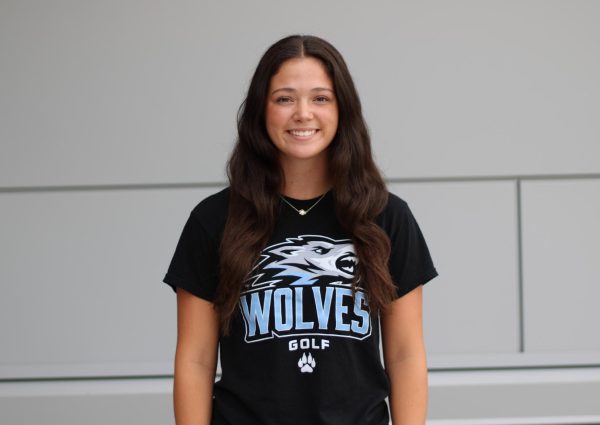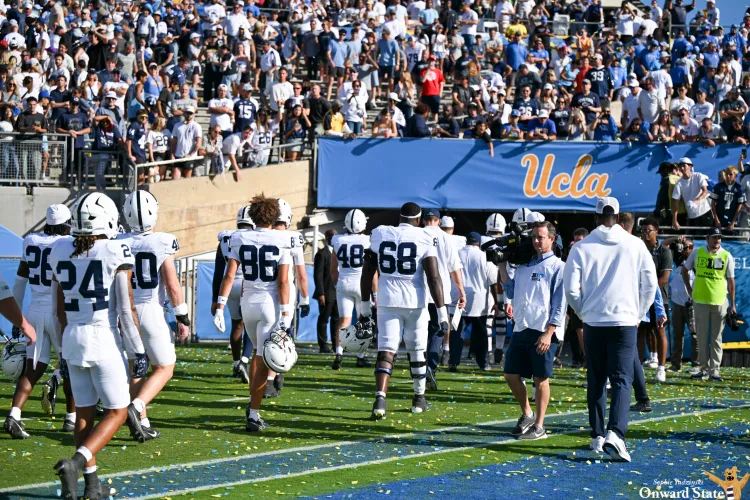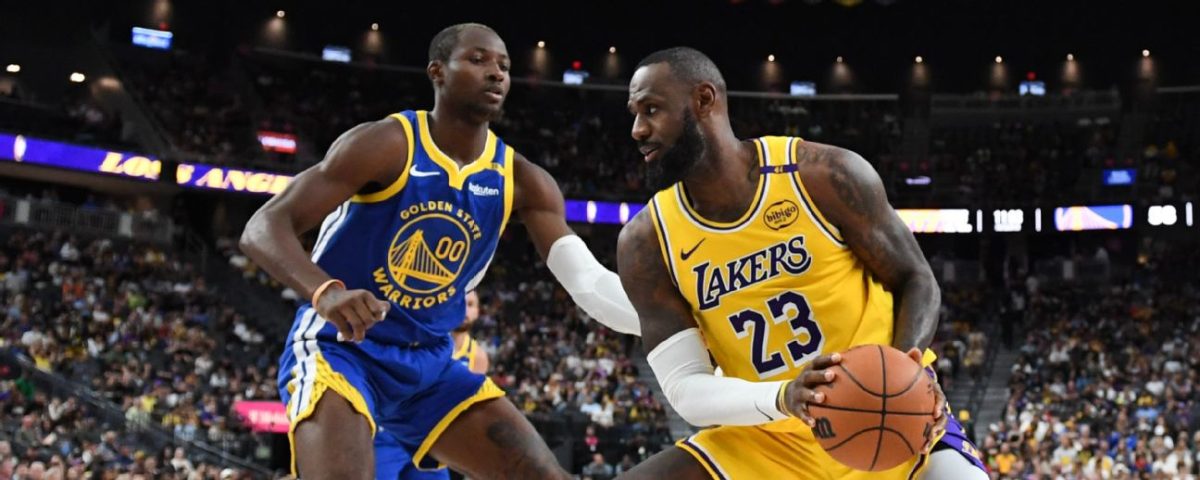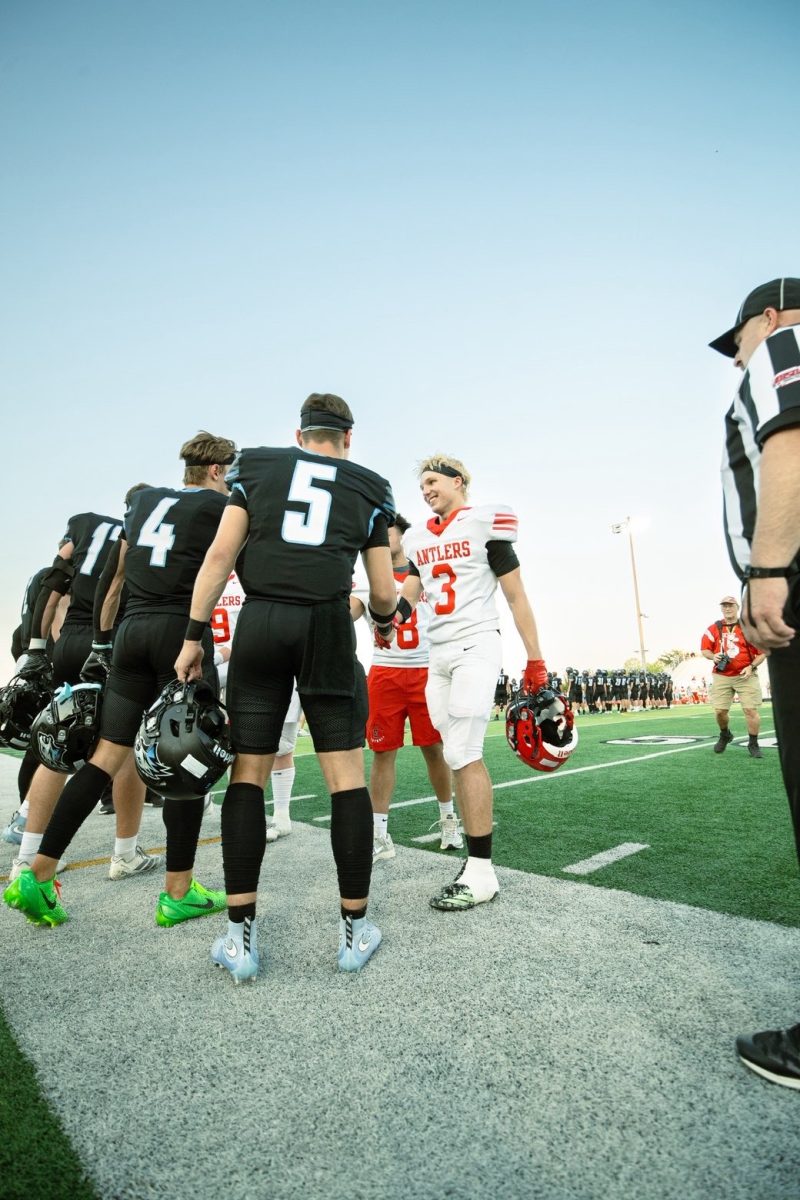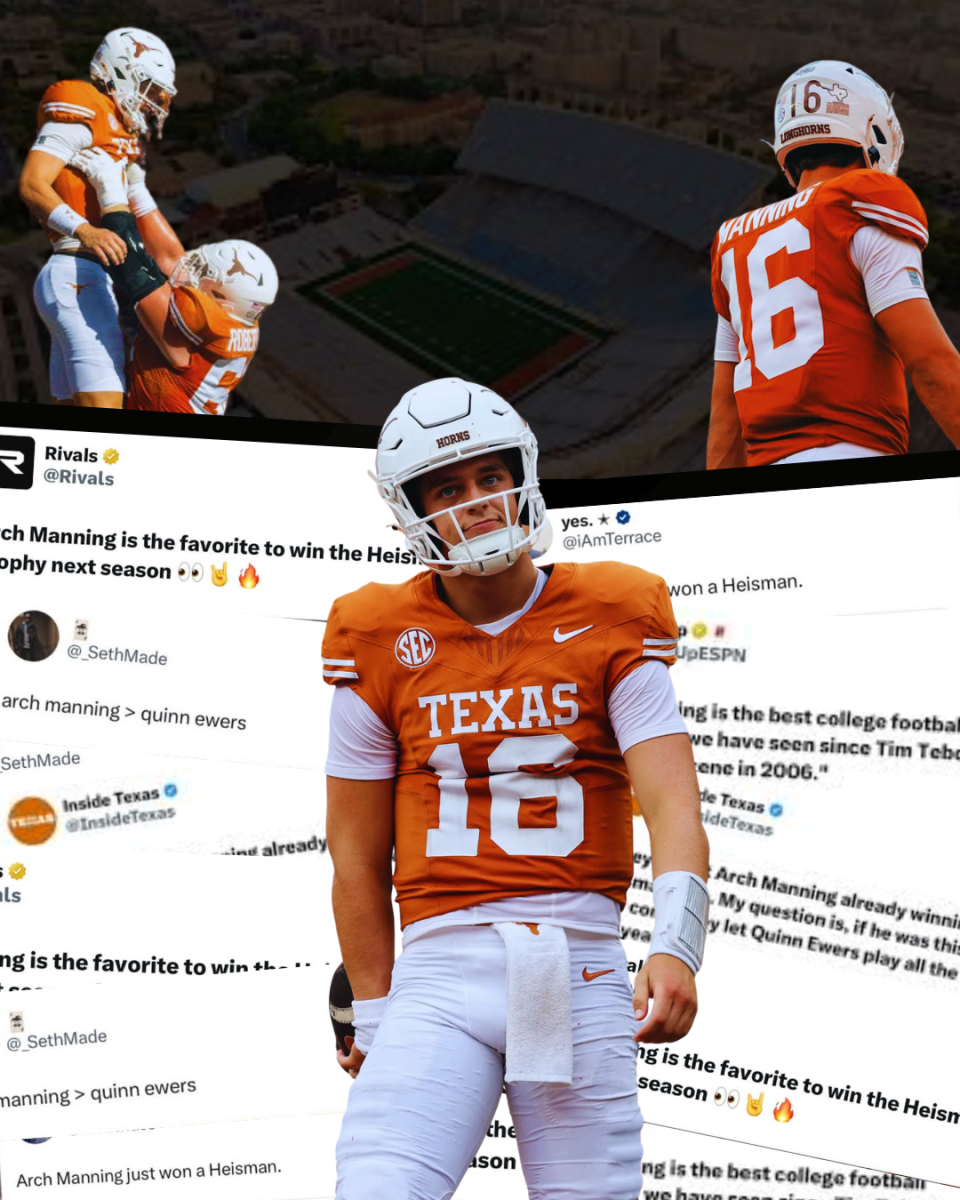The college commitment process for high school athletes varies across divisions
This fall, 17 Elkhorn North students signed their national letter of intent to various schools. While all of these athletes went through the rigorous college commitment process, their experiences depended on the division of school.
Division 1 (D1) schools are the most competitive in recruitment, followed by Division 2 (D2), Division 3 (D3) and the National Association of Intercollegiate Athletics (NAIA). The NAIA is often considered to be similar in competitiveness to D3. The varied level of competitiveness leads to diversity in the recruiting and commitment process.
Differences
One of the main differences between divisions is the scholarship opportunities available. Unlike the others, D3 does not offer scholarships, which can affect the decision of many athletes.
“A lot of the D3 schools I visited were pretty expensive,” senior Morningside track commit Morgan Sachs said. “But they don’t offer any athletic scholarships, so I looked more at NAIA.”
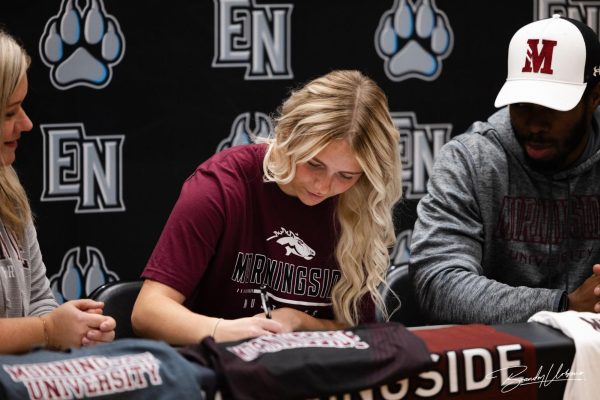
D3 schools tend to be more expensive than the other divisions. Nebraska Wesleyan’s (D3) in-state tuition is $38,000 versus the University of Nebraska-Lincoln’s (D1) in-state tuition of $10,000. The average D1 athletic scholarship is $14,000. This often covers a D1 athlete’s full tuition while also contributing to room and board. Going to a D3 school for athletics oftentimes adds up to be much more expensive than D1 because of their tuition and lack of athletic scholarships.
The transferring process differs among divisions as well. While an athlete can transfer between schools among any division, D1 is the only division with a formalized transfer portal.
“The transfer portal makes the transferring process a lot more open,” Fort Hays State volleyball commit Haylee Wolf said. “Different schools are more likely to reach out to you if you’re in the portal.”

D1 schools have a new exception that allows athletes to immediately participate at the school they transfer to, while D2’s one-year rule states that the athlete must sit out for one year before they are eligible to compete. An athlete’s career plan can be altered due to this time spent away from the sport.
Level of play is one of the most prominent factors athletes consider when looking at different divisions.
“I stuck to looking at schools I would be most successful at,” Wolf said. “I would rather play at a higher division two school than a lower division one team.”
High school athletes must evaluate their own abilities in order to narrow down which schools and divisions they will look into; this creates a new set of questions regarding playing time and redshirting.
Similarities
All divisions offer what is called “redshirting”. Redshirting refers to when a college athlete does not play their freshman year in order to practice with the team their first year and remain eligible to play for four seasons after
“You get another year with your sport and with the program,” Wolf said. “But you have to do an extra semester of school and not play for a year.”
Redshirting allows athletes at all divisions to take an extra year to develop their skills and be involved with the program. This is a great option for high school athletes to consider when deciding their college.
NIL (Name, Image, and Likeness) deals allow for college athletes to make money through endorsements, social media, and merchandising using their name and popularity. NIL deals are available to college athletes among all divisions.
“D2 and D3 athletes can be ambassadors for local businesses that aren’t as well known,” Wolf said. “D1 athletes are normally with bigger brand names.”
The team dynamic is another factor that often remains the same throughout all divisions.
“Most schools try to promote that their team is like a family, no matter what division they are,” senior South Dakota football commit Tommy Meckna said.

D2, D3, and NAIA schools usually have smaller teams, which allows the players to create close-knit relationships with their teammates and coaches. In contrast, D1 teams spend more time on the road and through that are able to make close connections, despite the teams’ large size.
Conclusion
Navigating the college commitment process requires equal amounts of careful consideration, self-reflection, and excitement for the opportunities ahead.
“It’s a really crazy process,” Meckna said. “You just have to take your time and choose the place that fits you the most.”



